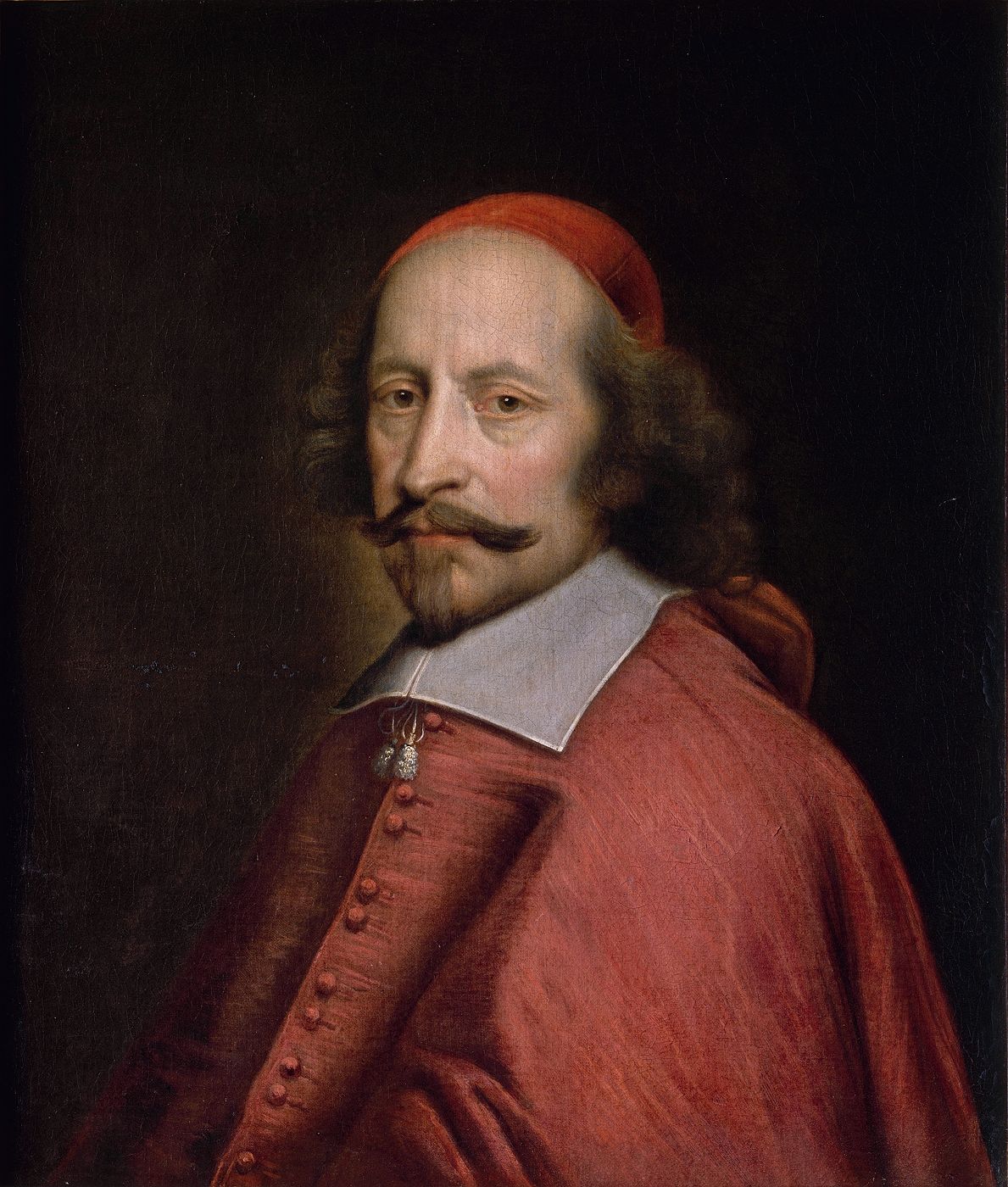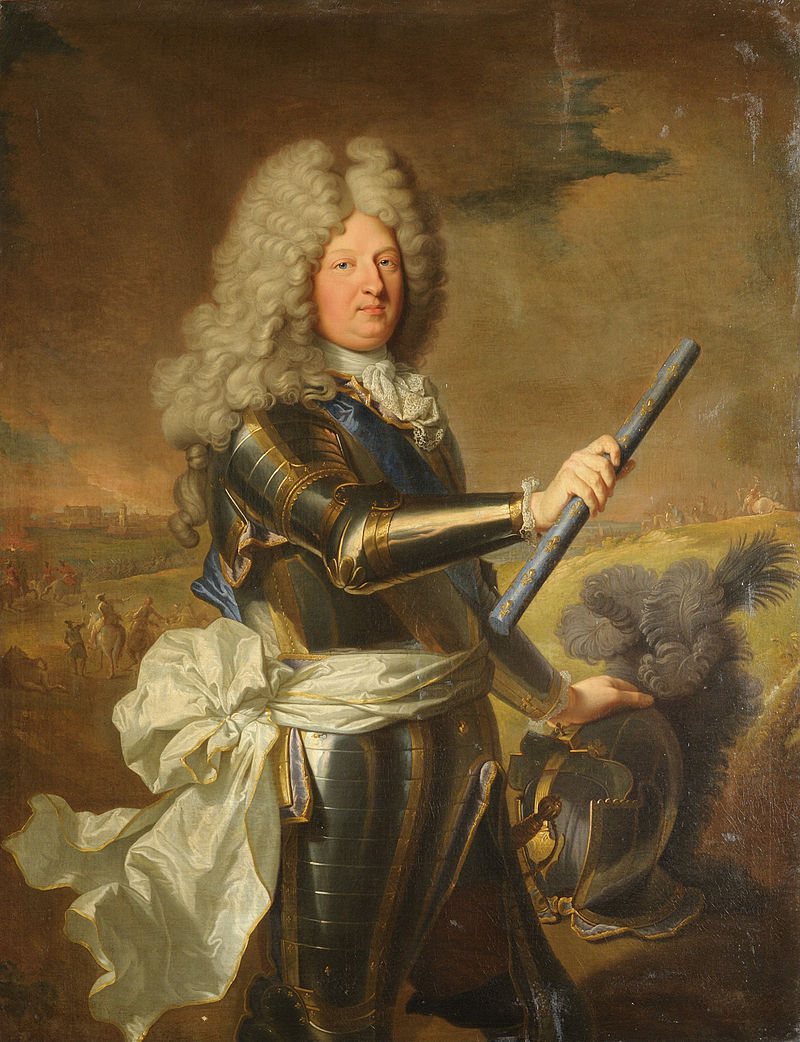Gabriel-Nicolas de la Reynie, Lieutenant General of the Parisian Police
If you are a fan of Canal +’s Versailles, you are probably quite impressed by Fabien Marchal, Louis XIV’s ruthless head of security. Monsieur Marchal is an invention of Versailles’ writers, but like with many fictional characters, there is a historical one who served as inspiration. In case of Monsieur Marchal, it is Gabriel-Nicolas de la Reynie.

Born in 1625, Gabriel-Nicolas was the youngest son of Jean Nicolas and studied law in Bordeaux. In 1645, he married the daughter of a lawyer, but was swiftly widowed. The marriage was a good one, which brought him a little bit of money and around the same time, he took the name la Reynie (sometimes spelled la Reinie). Said name came from a little fief he acquired, which bestowed a humble yearly income of 200 livres upon him. La Reynie served as magistrate at Angoulême and president of the court at Bordeaux afterwards, skillfully avoiding to get himself involved into the Fronde.
Being a loyal subject to the King, he began to serve the governor of Guyenne as intendant and said governor, the Duc d’Épernon, introduced him to court. While la Reynie took care of the Duc d’Épernon’s fortune, he also managed to gather a bit for himself, which allowed him to buy a nice position in 1661. It was that of Maître des requêtes to the King’s Council and cost him 320 000 livres.
La Renyie did not only just impress the Duc, but also Monsieur Colbert. The latter entrusted him with various missions regarding police, social, economic and law issues.
He tackled it all with so much skill, that Colbert came up with a new position for him. It was created by the King in 1667 and Monsieur de la Reynie became the first Lieutenant General of Police. He took his oath at the end of March and served for the next thirty years as head of police.
One year later, Monsieur de la Reynie married again. The bride was Gabrielle de Garibal and came with a nice house in Vaugirard. In 1680, la Reynie also became State Councilor.
As Lieutenant General of the Police, la Reynie’s task was to turn Paris into a nicer place and to reform the very outdated police system. “Policing consists in ensuring the safety of the public and of private individuals, by protecting the city from that which causes disorder.” as Colbert put it. La Renyie himself had very advanced views on the matter.
The edict appointing him, allowed him the freedom to organise his administration by gathering the “old institutions’ under its authority. At that time, Paris had four police forces, the police chiefs of the Châtelet, archers and freemen of the guet royal, the men of the criminal lieutenant and those of the Provost. La Reynie took them all, reorganised them, and put them under his command, charging them to ensure safety on the Parisian streets, to keep a close eye on everything and to provide him with daily reports. On top of it, he also hired quite a few people, from all sorts of backgrounds, to act as spies for him.

Responsible for the execution of lettres de cachets, he had to deal with some rather delicate situations over the years. For example, writers, booksellers and printers who published not so nice writings about the King or his mistresses… or even the conspiracy around the Chevalier de Rohan, the noble serial-killer Marquise de Brinvilliers and the infamous l’affaire des poisons. But he also ensured Paris was supplied with corn and saved Protestants from persecution, even after the revocation of the Edict of Nantes, risking his own live and safety for theirs.
Monsieur de la Reynie also made the Parisian streets safer by acting against beggars and vagabonds, which harassed the population. Ensured with a massive raid that the selling of pocket guns at the Pont-Neuf area came to an end and made clear that the servants of nobles are not above the law either…. by arresting them, no matter how their masters and mistresses complained, and hanging them if the crime committed was a severe one.
In an attempt to lower the crime rate, which was especially high during the night, he tackled the street-lighting issue Paris had. Since the 16th century, Parisian house owners were required to light the street in front of their houses, at least in the early evening hours, by putting lamps in the windows of the ground floor or outside. It did not work out that well, because many house owners simply ignored the orders. By 1594 the police of Paris took charge of installing lanterns in each city neighbourhood, but still, Paris went dark regularly. Forcing people to hire a lantern-bearer when they had to move about during the night. Louis XIV and Monsieur de la Reynie sought to change that by installing lanterns on all the streets, starting with the better areas, of course. There were three thousand in place by 1669 and it indeed helped a little to keep the streets safer.
Paris also had a bit of a trash problem la Reynie tackled. The Parisians tended to throw their waste out of their windows, although law required them to keep the streets clean. Thus a sort of cleaning tax was put into place and Paris became much cleaner afterwards.
Another thing la Reynie took care off was false-parking. As in nobles that parked their carriages where they pleased and sometimes created stop-and-go situations due to it. He also took care of abandoned infants, often left in the streets to die, by placing them in suitable houses.
At the end of his life, la Reynie was as much esteemed as hated. What he did to make Paris safer, brought him the respect of many… but how he did it at times, also made certain people, those who were his targets, dislike him immensely, for he was not always a gentlemen. He had houses teared down, people shooed away, beggars branded and sent to the galleys, new taxes introduced, prostitutes imprisoned and businesses closed.
La Reynie resigned from his office in 1697, to devote himself to the Council of State, and died in Paris on June 14 in 1709, aged eighty-four.



